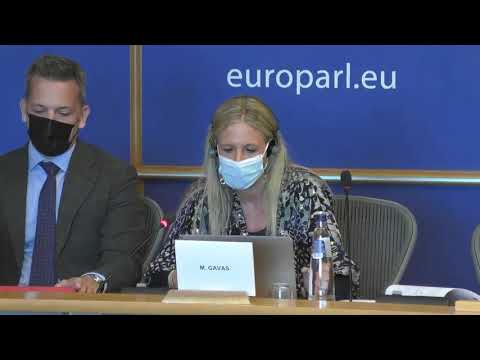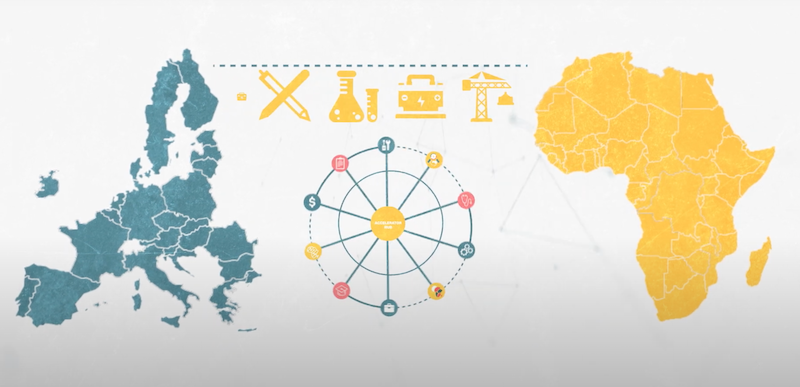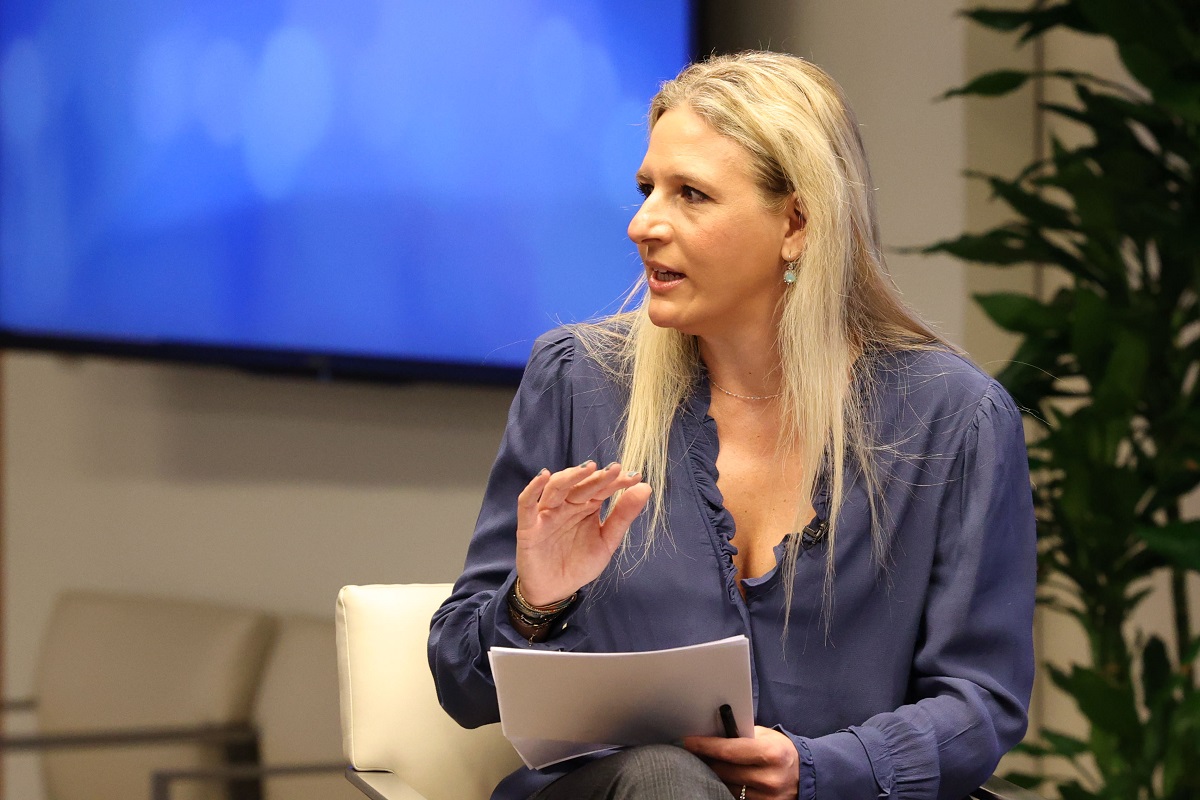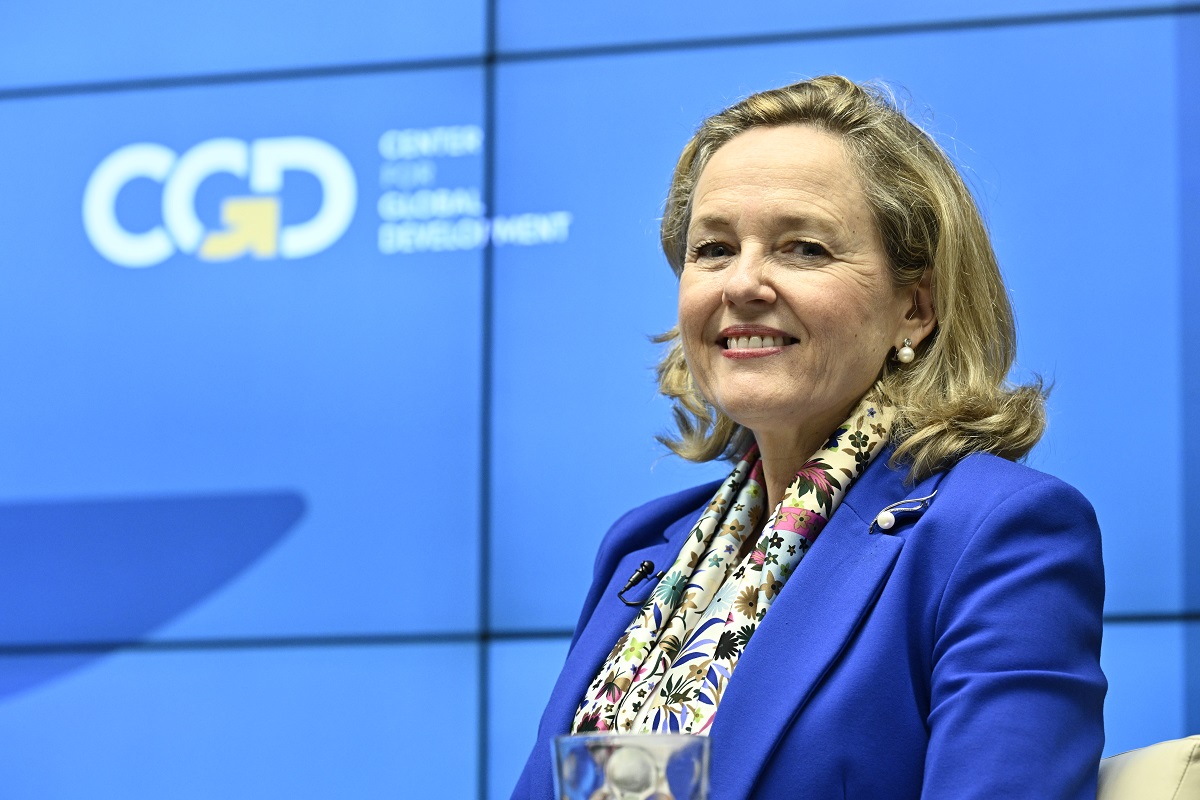Recommended
In “The European Financial Architecture for Development: evolution or revolution,” Mikaela Gavas sets out the current European Development finance landscape, explaining the key players involved and highlights the challenges with the current systems, and underlines the importance of the EU and its various instruments.
Note: This briefing was commissioned and originally published by the European Parliament.
Mikaela describes how the architecture has evolved in recent years, and puts forward three potential options:
- A European Climate and Sustainable Development Bank: A new institution with a broad portfolio and a large capital base
- A formalized division of labour including: a) focused on repartition of activities in Sub-Saharan Africa for the EIB and EBRD and b) clearer repartition between public sector and private sector activities by the EIB and EBRD.
- The European Commission to act as a "ringmaster" to:
- select the most suitable implementing partners
- indicate where there is scope for greater collaboration and a sharper division of labour among its members
- align policy conditionality and enhance ex-ante coordination among all implementing partners
- set and oversee application of operational policy guidelines;
- ensure that high standards as well as sound development banking prevail.
The last section of the briefing is dedicated to a series of recommendations and conclusions, including:
- For the multilateral banks, development finance institutions and development agencies that make up the European Financial Architecture for Development to come together to respond to ongoing crises and to agree to take on more risks and accept sub-market returns.
- Reinforcing the complementarity of the EIB’s and EBRD’s business models through ‘mutual reliance’ initiatives whereby they rely on each other’s preparatory work, covenants, and monitoring activities as well as impact reporting to avoid duplication in the co-financing of projects and reduce the burden on clients.
- A stronger steer from the European Commission, in which they act as a ringmaster so that development policy objectives are delivered by those institutions best suited to the task, including the EIB, the EBRD and other European DFIs.
Gavas concludes that the European Commission must play a stronger role in helping to develop the supply of projects, and could establish an “Accelerator Hub” to provide targeted support throughout all project stages to: identify, prepare and develop investment projects outside of the EU.
Mikaela Gavas, Co-Director of Development Cooperation in Europe and Senior Policy Fellow was invited to share her expertise with the Development Committee of the European Parliament on the European Financial Architecture for Development (EFAD).
You can watch the full session of the Committee here.
Rights & Permissions
You may use and disseminate CGD’s publications under these conditions.







